 What to choose - “ballet shoes” or “pumps”? How to get rid of habitual fatigue in your legs? Do shoes cause discomfort and strain in the back muscles? We will talk about this and much more in this article.
What to choose - “ballet shoes” or “pumps”? How to get rid of habitual fatigue in your legs? Do shoes cause discomfort and strain in the back muscles? We will talk about this and much more in this article.
What are the dangers of high heels and platforms?
Have you ever wondered - is it easy to walk on stilts? There is only one answer: incredibly difficult. Moreover, it requires enormous muscle tension and effort. The female body experiences approximately the same load if the heel height exceeds 5-7 cm (depending on the size of the foot).

And if in a normal position, the foot acts as a shock absorber, protecting internal organs from shocks and shocks when walking, then the unnatural shift of the center of gravity to the front “pad” and fingers disrupts the functioning of the musculoskeletal system. A the spine experiences strong destructive shocks.
Still convinced that flat soles will save you? No matter how it is!
Important! Doctors unanimously warn women against being overly fond of such shoes.Its negative impact on the spine has been proven over time. This is especially true for young mothers who often have to carry their baby in their arms.

“Platform” and “rock” are no less traumatic. The thick sole prevents the natural bending of the foot while walking. Therefore, the health consequences are similar to wearing high heels.
Heels higher than 6-7 cm and the consequences of constant wear
Can't live without stilettos? Then keep in mind that Daily use of such shoes is fraught with the appearance of:
- corns, bursitis “bumps”, deformed phalangeal bones;
- swelling;
- thrombophlebitis plaques;
- transverse flatfoot;
- arthritic and arthrosis inflammations;
- varicose veins;
- scoliosis, intervertebral hernia, osteochondrosis;
- prolapse of abdominal organs;
- dislocations, sprains and ligament tears.
Why are flat-soled shoes dangerous?
Abuse of this kind of shoes threatens:
- impairment and deformation of the foot;
- sprain of tendon ligaments;
- unpleasant pain in the area of all toes, and the big toe in particular;
- development of foot and knee diseases;
- flat feet of the transverse-longitudinal type;
- pathology of the Achilles tendon;
- thrombophlebitis and arthritis;
- curvature of the toes.
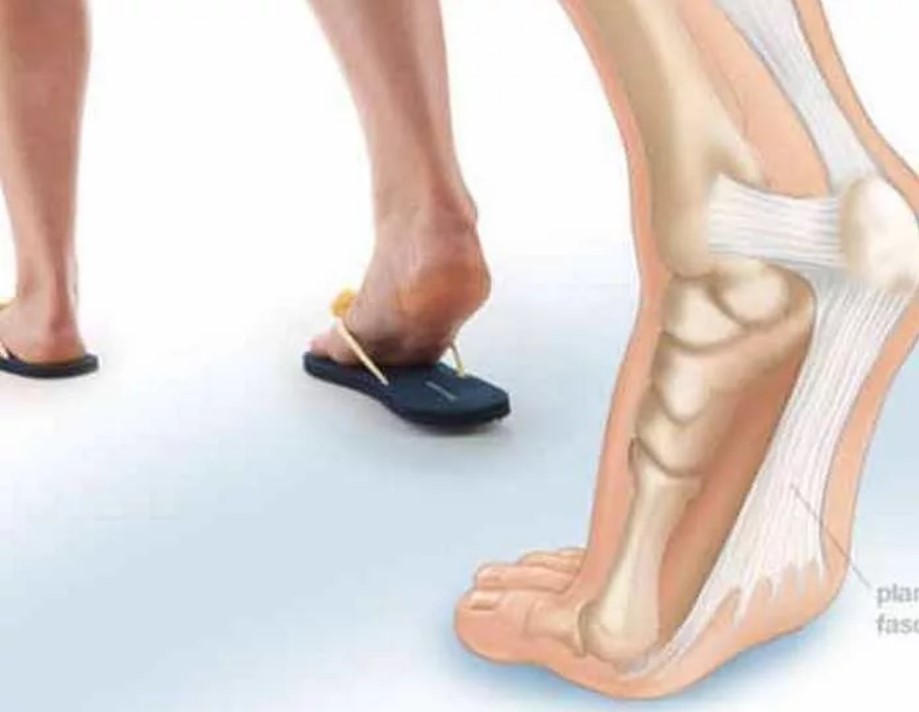
Important! The progression of the disease is characterized by severe pain in the legs.
Due to the uneven load on the spine, a woman runs the risk of getting far from harmless osteochondrosis or intervertebral hernia.
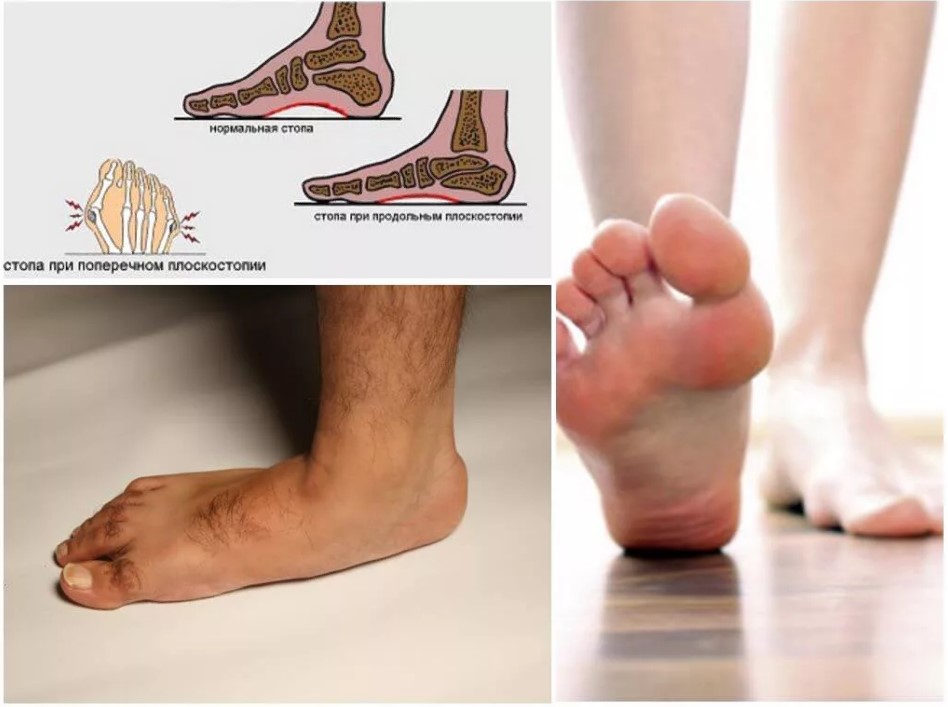
Flat shoes put a lot of stress on the heel bone, rather than on the entire foot. This deforms the bones of the foot over time.

What should the ideal shoes be?
Do you like convenience and comfort? Take care of your feet. Orthopedists recommend the optimal shoe model:
- Manufactured made of natural hygroscopic material, which allows the skin of the feet to “breathe” freely and prevents sweating. It is best to buy shoes and boots made of leather, crack, nubuck, suede or textile.
On a note! Any “synthetics” create a greenhouse effect and harm the health of your feet.
- The optimal heel is from 2 to 7 cm. Anything below or above this indicator is unsafe.
- Rigid, one-piece back. It will perfectly fix your foot inside the shoe.
- A wide toe is required. Otherwise, there is a high probability of deformation of the foot and the appearance of a painful “bone” at the junction of the metatarsus and phalanx of the first toe.
Orthopedic insoles
Do you think that an orthopedic insole is a panacea that will make flat soles completely physiological? You are wrong. In reality, nothing will change. The heel, as it was on the same level with the toe, will remain in the same position.
According to doctors, it is most effective to use custom-made insoles. Perfect the insole must exactly match the individual characteristics of the foot, whereas factory ones are nothing more than ordinary stamping.
How to choose house shoes?
The correct option is soft house slippers with heels of about 2 cm.
If necessary, wear special orthopedic shoes at home. It is produced for both children and adults.
The right shoes
Going shopping at a shoe store, you should remember the basic criteria for choosing the right shoes:
- It is better to do this in the afternoon, when the legs have already swollen a little and have taken on their usual shape.
- Don’t skimp on expensive natural material, otherwise you risk, as the saying goes, paying twice: everyday shoes should be comfortable and hygienic.
- The dilemma between visual appeal and convenience is clearly resolved in favor of the latter.
- Choose models that meet the ideal parameters: heel height 2.5-7 cm, hard heel, wide toe. It is important to accurately determine the completeness. Very wide or too narrow shoes are not allowed.
- Rate the quality of the sole of the pair you like. The best option: bending it does not require much effort, the previous shape easily returns, and the toe does not deform.

Recommended characteristics by season:
- It is better to take winter boots with wide soles with a good textured tread;
- boots for autumn and spring should be waterproof;
- For summer shoes, a locking heel is required.
Discomfort from resting your fingers on the toe is unacceptable. Only their slight contact is permissible.

To understand whether the shoes “fit” comfortably, try on the entire pair, and don’t be too lazy to walk around the sales floor in them.
Do you want to be beautiful? Don't give up buying stilettos and high heels. But they should be worn in very measured doses.
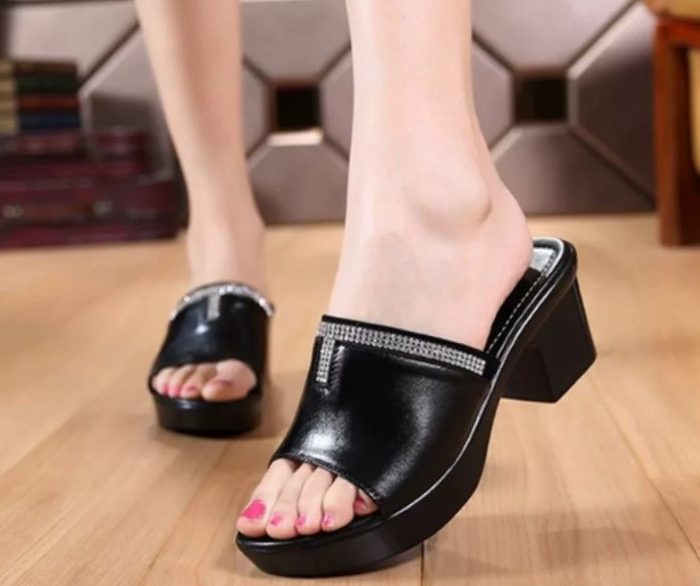
Love wander around the city or take a walk with your beloved dog? Buy ballet shoes. Just don't wear them all the time, but only from time to time, alternating with stable models.
Important! Incorrectly chosen shoes harm the health of your feet, spine and lead to diseases of the internal organs.
Choosing shoes is a very responsible matter. Do you want to stay healthy for a long time? Each event requires its own shoes. Choose the right shoes, following the recommendations of orthopedists. And then you are guaranteed a good mood and lightness of gait, which is very attractive to men, regardless of your age.






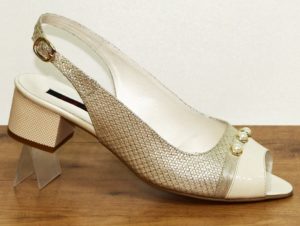







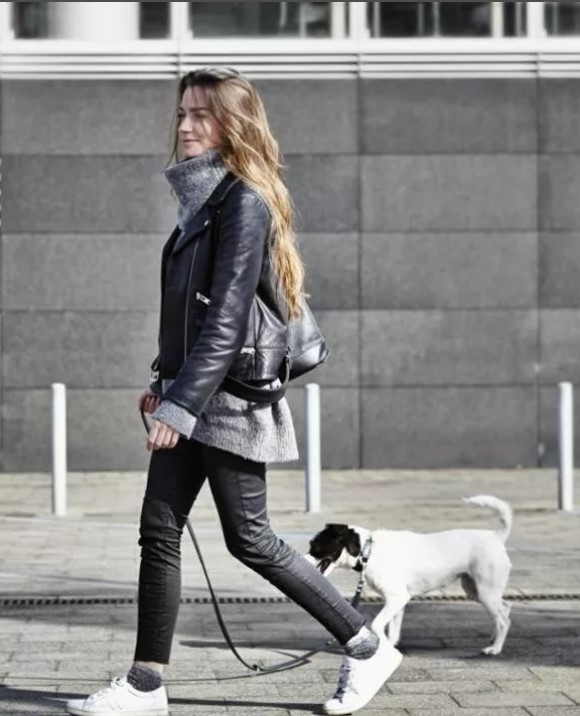
 0
0





